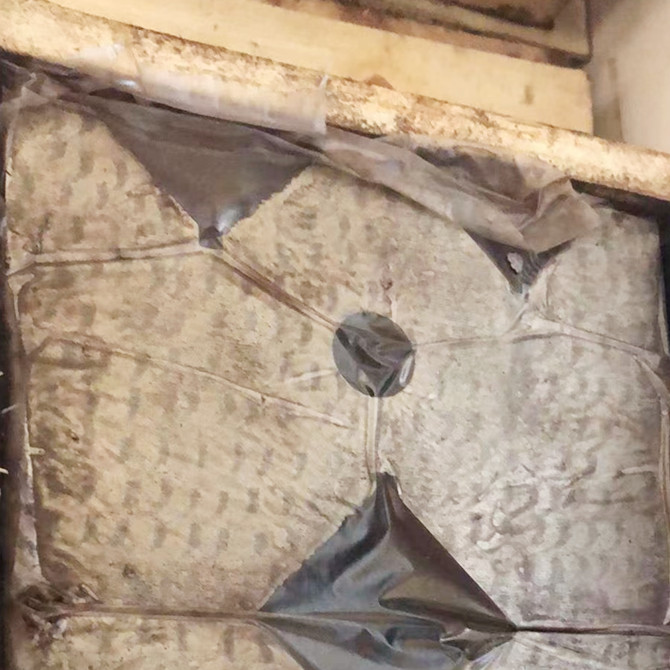Okt . 10, 2024 10:07 Back to list
replace a water valve
Replacing a Water Valve A Step-by-Step Guide
Water valves play a crucial role in managing the flow of water in our homes. Whether it's the main shut-off valve, a valve for a specific appliance, or one controlling the outdoor sprinkler system, understanding how to replace a water valve can save you time and money. This guide will walk you through the process of replacing a faulty water valve, ensuring that you can take on this DIY task with confidence.
Why Replace a Water Valve?
Over time, water valves can wear out or become damaged, leading to leaks or reduced water flow. Signs that a valve may need replacing include water leaks, rust or corrosion, difficulty in turning the valve, or water pressure issues. If left unchecked, these problems can lead to more significant plumbing issues, resulting in costly repairs.
Tools and Materials Needed
Before you begin the replacement process, gather the necessary tools and materials
- Adjustable wrench - Pipe cutter (or hacksaw) - Plumber's tape - Replacement valve (ensure it matches the size and type of the old valve) - Bucket or towels (to catch any residual water) - Safety goggles and gloves (for protection)
Step-by-Step Process
Step 1 Shut Off the Water Supply
Begin by shutting off the main water supply to your home. Look for the main shut-off valve, which is usually located near the water meter. Turn the valve clockwise until it stops. Open a few faucets and flush toilets to relieve any remaining pressure in the pipes.
Step 2 Drain the Pipes
To avoid a mess, drain the pipes by opening the faucets connected to the section of plumbing where you’ll be working. Place a bucket or towels underneath the area where you’ll be replacing the valve to catch any residual water.
replace a water valve

Step 3 Remove the Old Valve
Using an adjustable wrench, carefully loosen the nut connecting the old valve to the water supply line. Once you loosen it, you may need to use your hands to unscrew it completely. If the valve is corroded or rusted, it may require additional effort. Be cautious not to damage the pipe while removing the valve.
Step 4 Prepare the Pipes
Once the old valve is removed, inspect the pipes for any damage. Clean the threads of the pipe using a cloth, and ensure there are no old plumber's tape or debris that could compromise the seal of the new valve.
Step 5 Install the New Valve
Before installing the new valve, wrap plumber's tape around the threads of the pipe to ensure a watertight seal. Then, position the new valve and hand-tighten it onto the pipe. Follow up by using the adjustable wrench to secure it firmly but be careful not to overtighten, as this can cause the threads to strip or the pipe to crack.
Step 6 Turn On the Water Supply
With the new valve installed, it's time to turn the water supply back on. Do this slowly, checking for leaks as the water pressure begins to build. If you notice any leaks around the new valve or the connections, tighten it slightly with the wrench until the leak stops.
Step 7 Test the Valve
After everything is secure, test the functionality of the new valve. Open and close it several times to ensure it operates smoothly, and check the connected fixtures to confirm that water flows correctly.
Conclusion
Replacing a water valve is a manageable task for anyone comfortable with basic plumbing. By following these steps, you can effectively replace a valve and restore proper water flow while potentially saving on repair costs. Remember always to prioritize safety and consult a professional if you're unsure about any step in the process. With patience and the right tools, you'll have the job done in no time, ensuring your plumbing system runs efficiently.
-
Thread Micrometer Set FeaturesNewsJul.04,2025
-
Right Angle Ruler Tool for WoodworkingNewsJul.04,2025
-
Precision Frame Level Calibration StepsNewsJul.04,2025
-
Magnetic Vee Block MaterialsNewsJul.04,2025
-
Heavy Duty Ground Anchors in MiningNewsJul.04,2025
-
Features of Welding Table Cast IronNewsJul.04,2025
Related PRODUCTS









